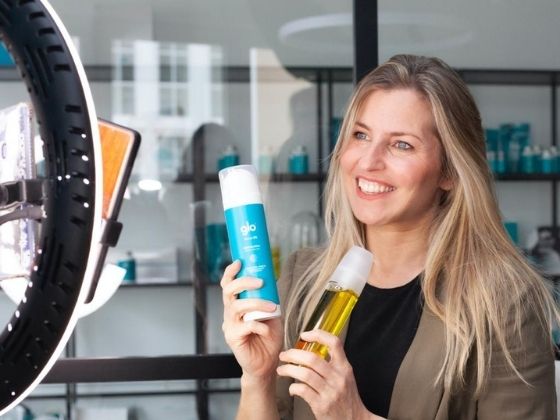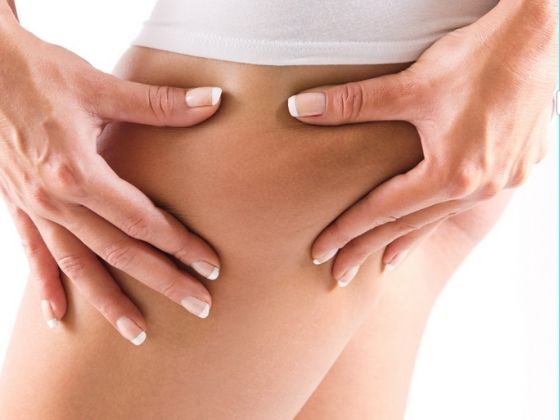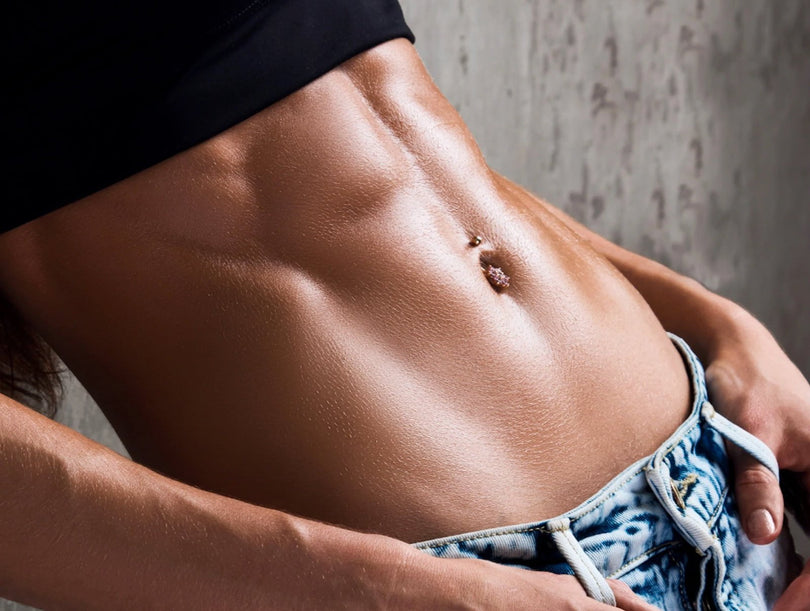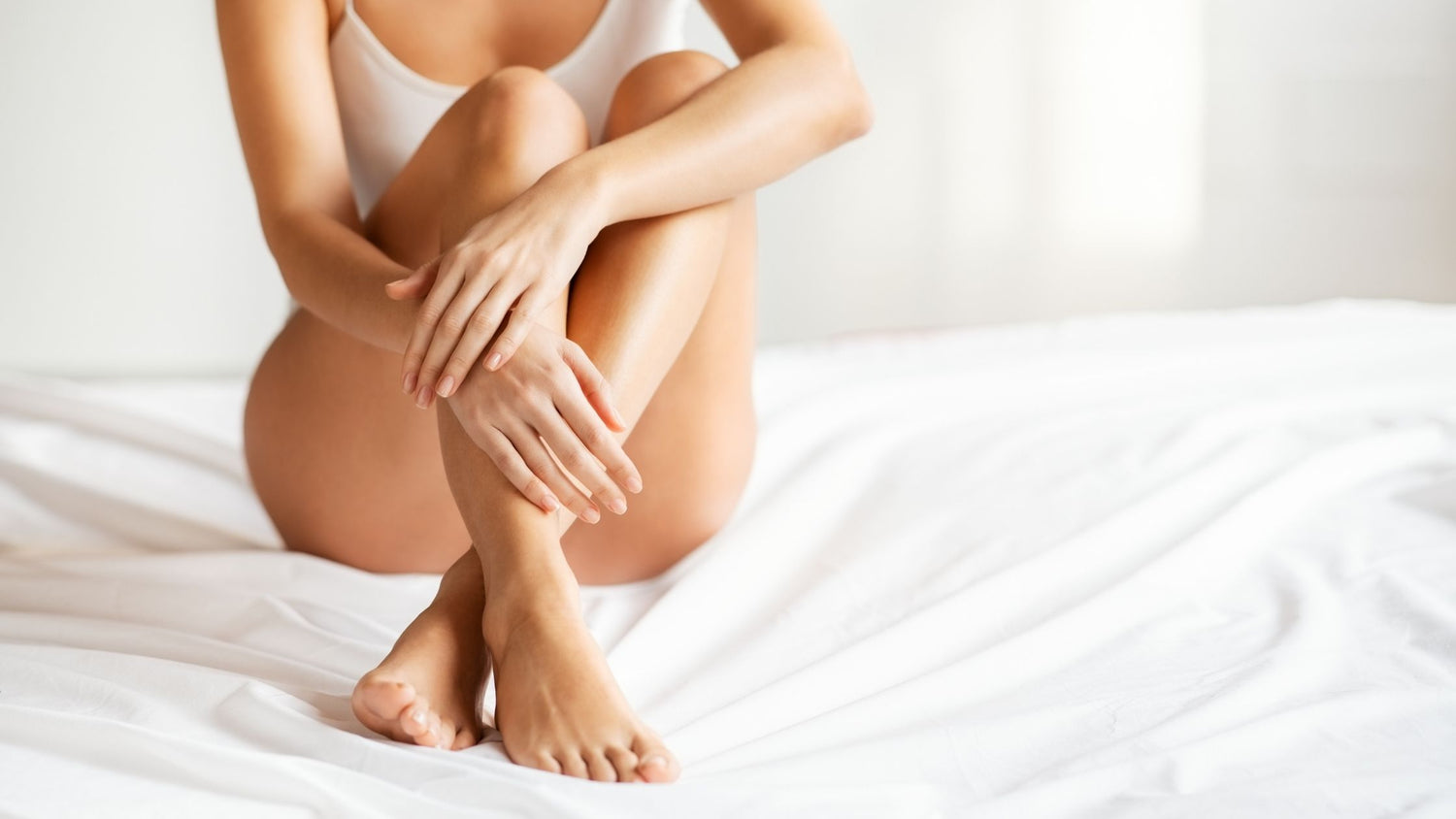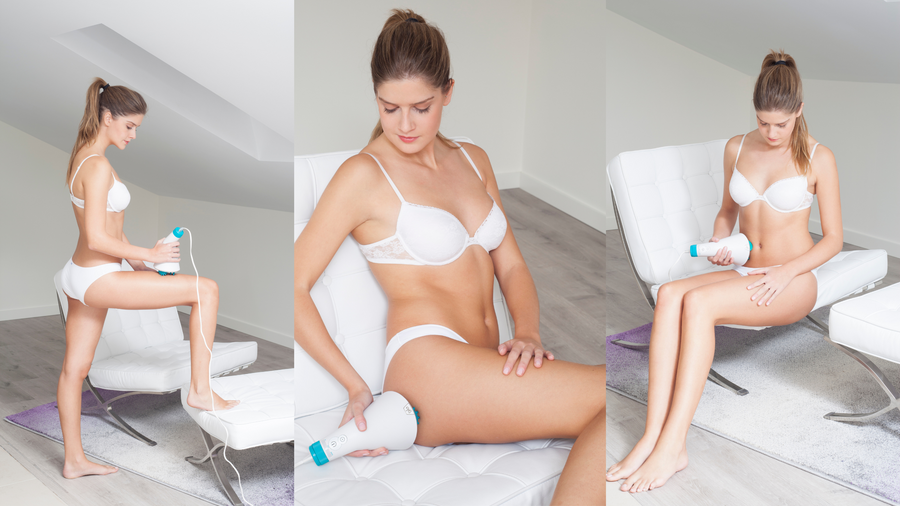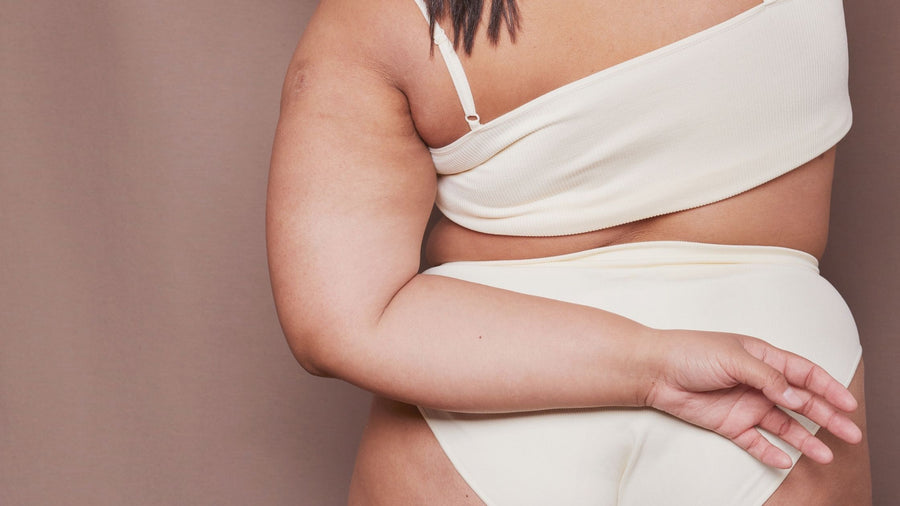What is hard or fibrous cellulite?
Cellulite can be classified according to different parameters, depending on its location or consistency, for example. When we talk about hard cellulite, we refer to a cellulite of compact consistency, and it is the one that appears more frequently in young women.

Typical characteristics of hard cellulite that will help you identify it quickly:
- In this case the cellulite can be felt as a hard and compact mass. It is well adhered to the underlying tissues, without edema. When a portion of skin is pinched between the fingers, the pinched area will have the appearance of "orange peel", and if we turn this portion of tissue between the fingers, we will perceive small nodules of hard consistency.

- Orange peel skin is evident. This cellulite is formed by fatty macronodules between fibrous sectors, which cause a significant retraction of the skin surface, forming dimples.
- The affected area hardly hurts, not even when touched. But it can become painful to the touch due to the pressure on the nerves and blood vessels.
- The skin is usually toned, stretched, well hydrated and vascularized, so it is defined as "warm cellulite".
- It occurs in young women, usually athletes, with tonic musculature, but if left untreated it remains for life.
- Fibrous cellulite produces a visible aesthetic change in the skin, characterized by the appearance of dimpling of the skin and lumps.
- It is located on the outer thighs (buttocks), inner knees and buttocks, and may present stretch marks.
How is hard cellulite formed?
Hard cellulite is due to the accumulation of subcutaneous fat intermingled with hypertrophied fibrous connective tissue, which is harder and is responsible for the dimpling of the skin surface.
Fibrous or hard cellulite does not necessarily have to be linked to excess weight, although excess weight often worsens the situation. But in general, cellulite is a process unrelated to being overweight, which is why athletic and slim women can also suffer from it.
In the case of young women, after the rise of estrogens in puberty, hard cellulite may appear. When fibrous cellulite appears, the compartments that form the collagen fibers under the skin and contain the fat (adipocytes), normally flexible, become rigid. These collagen fibers, which are rigid in consistency, dilate or break when the fat nodules increase in size, causing them to protrude towards the surface of the skin.

How to treat hard cellulite?
For a correct approach to hard cellulite, a comprehensive approach is necessary, such as improving your diet, exercising, using nutricosmetics, massages... and depending on the need to go to a medical center.
Cellulite goes through different phases, mild, moderate or severe, which are usually identified by GRADES. In severe cases, grade IV-V, it is necessary to resort to surgical methods to be able to break the macronodules of fat, already very mature and of very hard consistency. In mild and moderate cases, there are several treatments that are of great help to treat hard cellulite. Since the appearance of cellulite is multifactorial, also in the case of hard cellulite, the results are better when a combination of treatments is performed, along with good nutritional habits.
For more severe cases, and within the professional cellulite treatments, the hard cellulite treatments that offer the best results are among others carboxytherapy, ozone therapy, shock waves and mesotherapy. Once these treatments have been performed, it is important to take care of yourself at home on an ongoing basis, otherwise you will be back to square one.
In addition to diet and exercise, for this maintenance, as well as to treat mild and moderate cases we have different tools such as:
1. Anti-cellulite massage: it can be performed manually by a professional, or you can do it yourself at home with a suitable massage device. When selecting this device we must make sure that it has enough power to reach the deep layers where the fat nodules are located to knead and break them. The design of the anti-cellulite massage head is also a key issue, as it has to faithfully reproduce the manual massage, where the knuckles and fingers perform a rotating and ascending massage. At Glo, we developed a massage device perfect for home treatment, Glo910, with an 800 rpm motor, is capable of breaking down the most stubborn cellulite.
2. Cosmetics: Cosmetics with lipolytic effect are the most indicated for hard cellulite, and should be applied with a vigorous and deep anti-cellulite massage. Such as our awarded Oil910.

3. Nutricosmetics: In this case, the most appropriate are specific nutricosmetics for hard cellulite, with a powerful fat-burning action.


